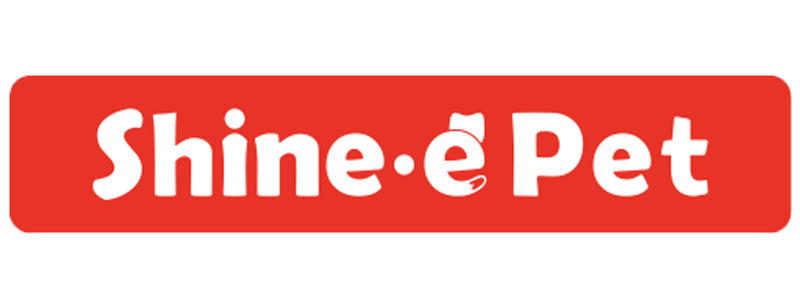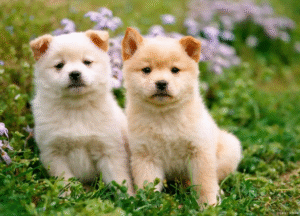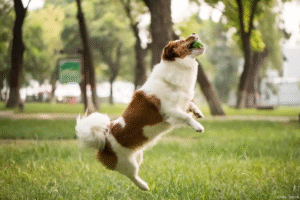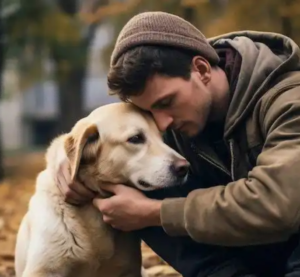Te faito o te tupuraa o te urî tataitahi, aravihi no te haapii mai, e mea taa ê te aravihi no te faaau atu i te mau mea e haaati ra ia tatou. Na roto i te mau ravea faaineineraa aivanaa e te aratairaa a te taata ma'i, most dogs are at a critical stage of learning and adapting to the habit of using designated toilets during their early years, especially between 3 e 6 months old.
The physiological and psychological basis for dogs to learn how to use the restroom at designated locations
During infancy, Te mau mana'o tauturu no te’ bladder and intestinal control abilities are not fully developed, which means they need to urinate and defecate more frequently. I te hoê â taime, dogs at this stage are in a period of strong curiosity and exploration, filled with curiosity about their surroundings and more susceptible to external stimuli. No reira, training dogs to use the restroom at designated locations during this stage is not only in line with their physiological development needs, but also an important part of cultivating their good living habits.
Specific steps for designated toilet training
- Observation and recording
Before starting the training, the owner needs to carefully observe the dog’s excretion habits, including behavioral characteristics before defecation (such as sniffing the ground, spinning, e te vai atu ra.), as well as the frequency and duration of defecation. By recording this information, owners can more accurately predict when their dogs need to use the restroom, thereby guiding them to designated locations in a timely manner. - Choose a suitable location
It is crucial to choose a safe and convenient location for dogs to use the designated restroom. This place should be kept away from the resting and food areas of dogs to reduce pollution and disturbance. I te hoê â taime, it is important to ensure that the location is easy to clean and maintain. - Establish positive connections
I roto i te haapiipiiraa, owners should use positive reinforcement methods such as rewarding small snacks, petting, and praising to encourage their dogs to use the restroom at designated locations. Avoid using punishment or intimidation, as it not only damages the dog’s mental health but may also cause fear and avoidance behavior when using the restroom. - Gradually guide and persist
I te mau taime matamua o te haapiipiiraa, the owner needs to patiently accompany the dog to the designated location and reward it after successful excretion. Over time, the frequency of companionship and guidance can gradually decrease, allowing dogs to develop the habit of using the restroom independently. It should be noted that patience and consistency should be maintained during the training process, and do not give up due to temporary frustration.






